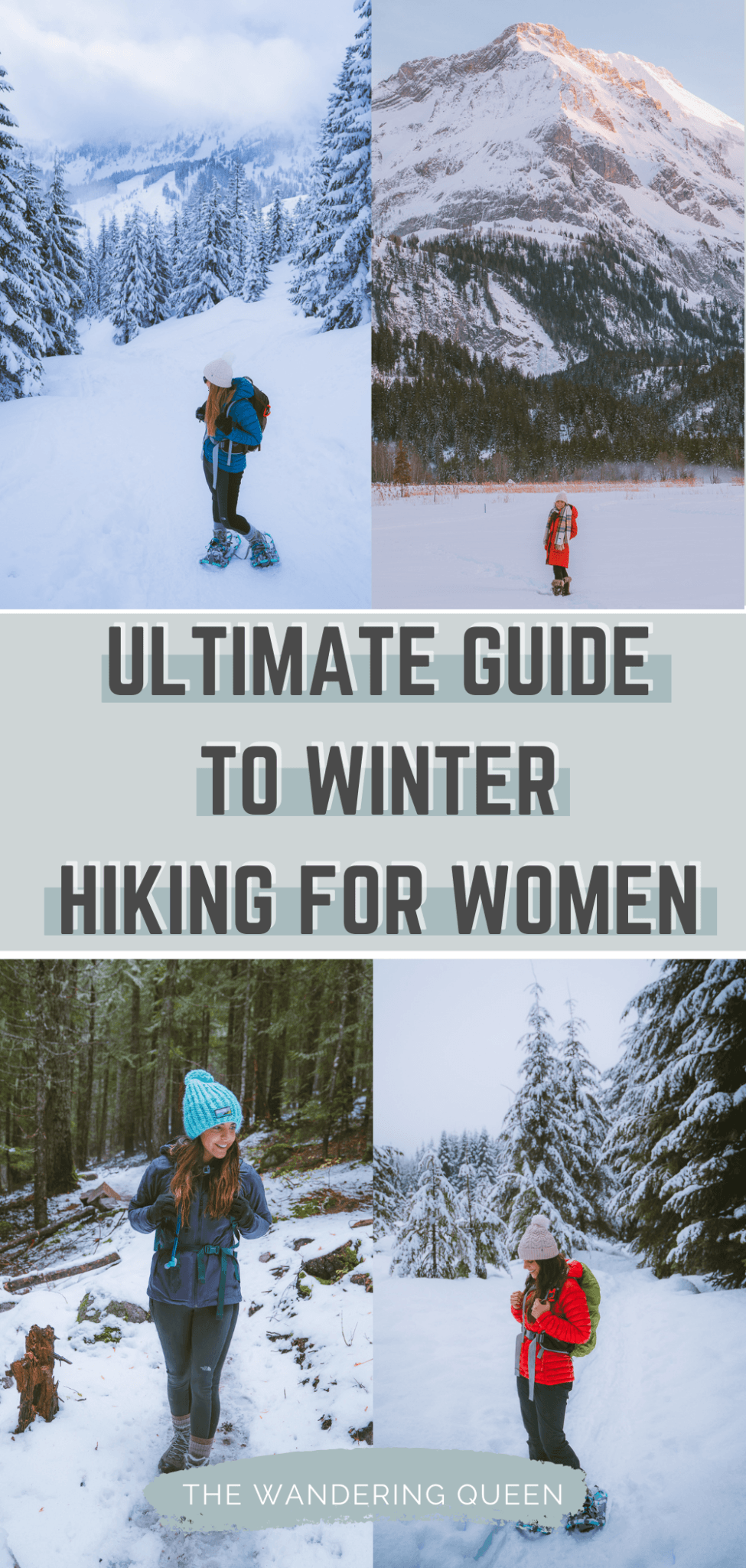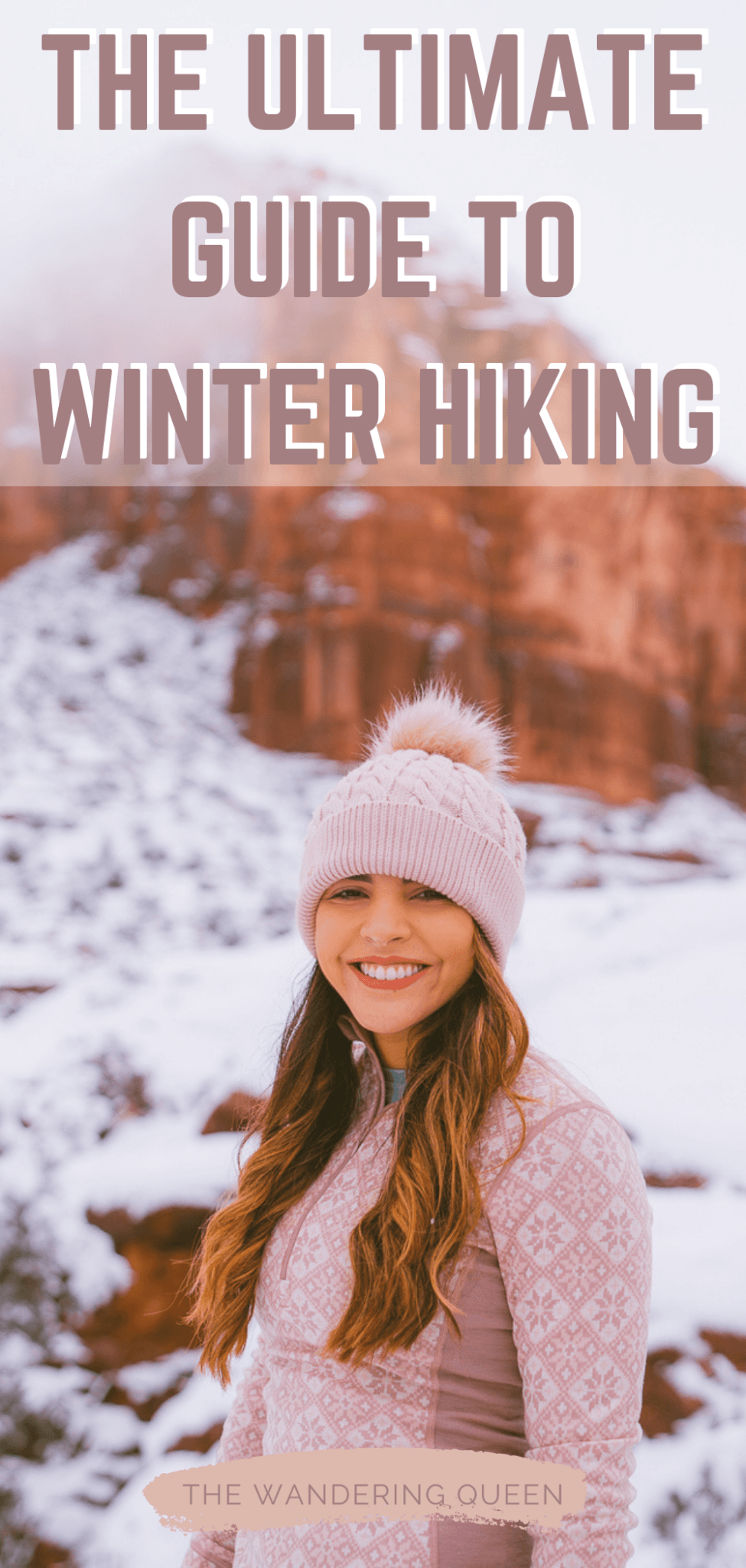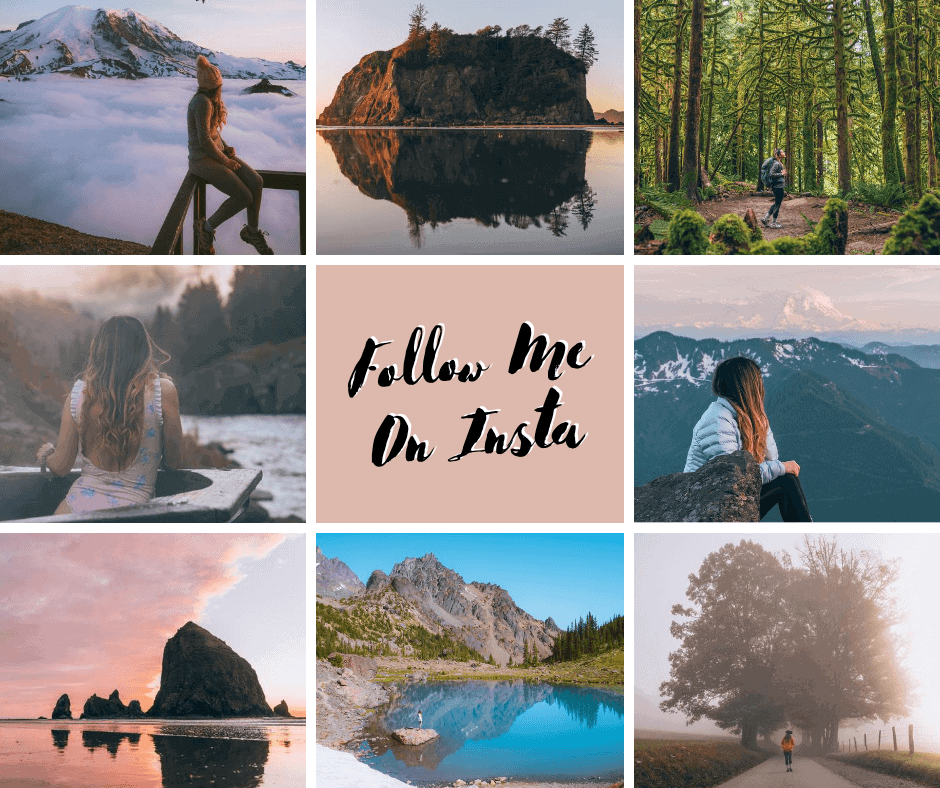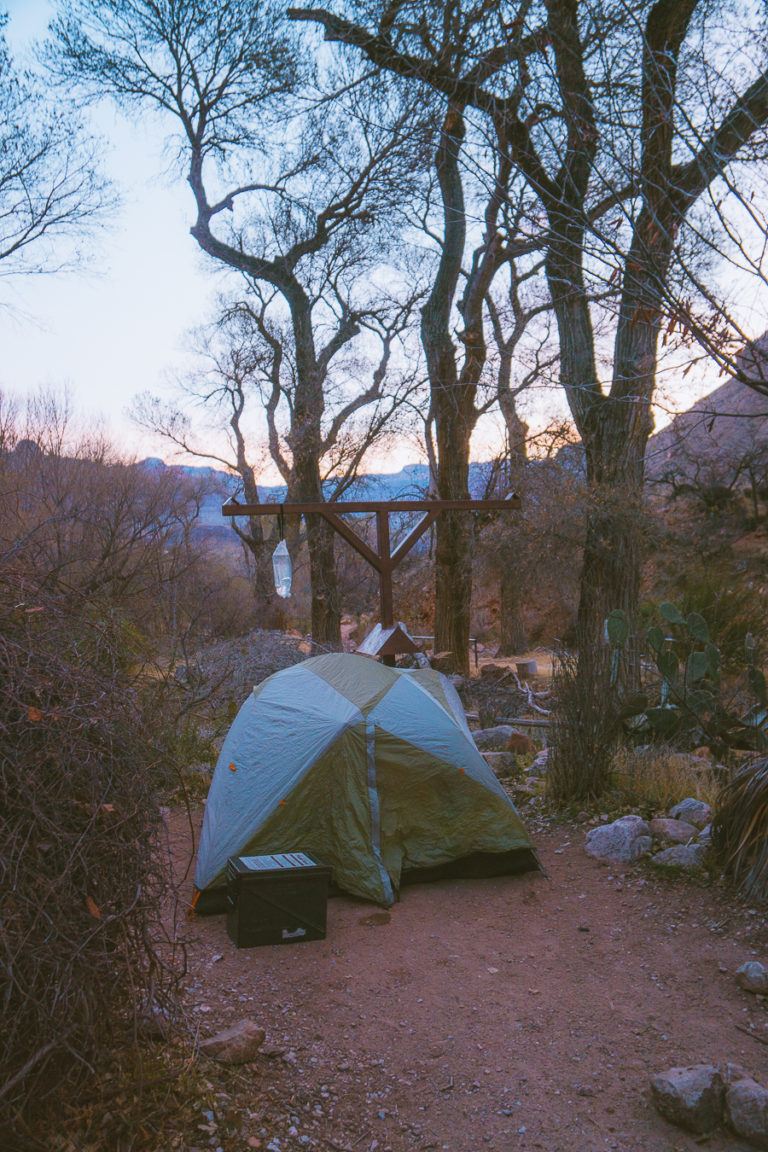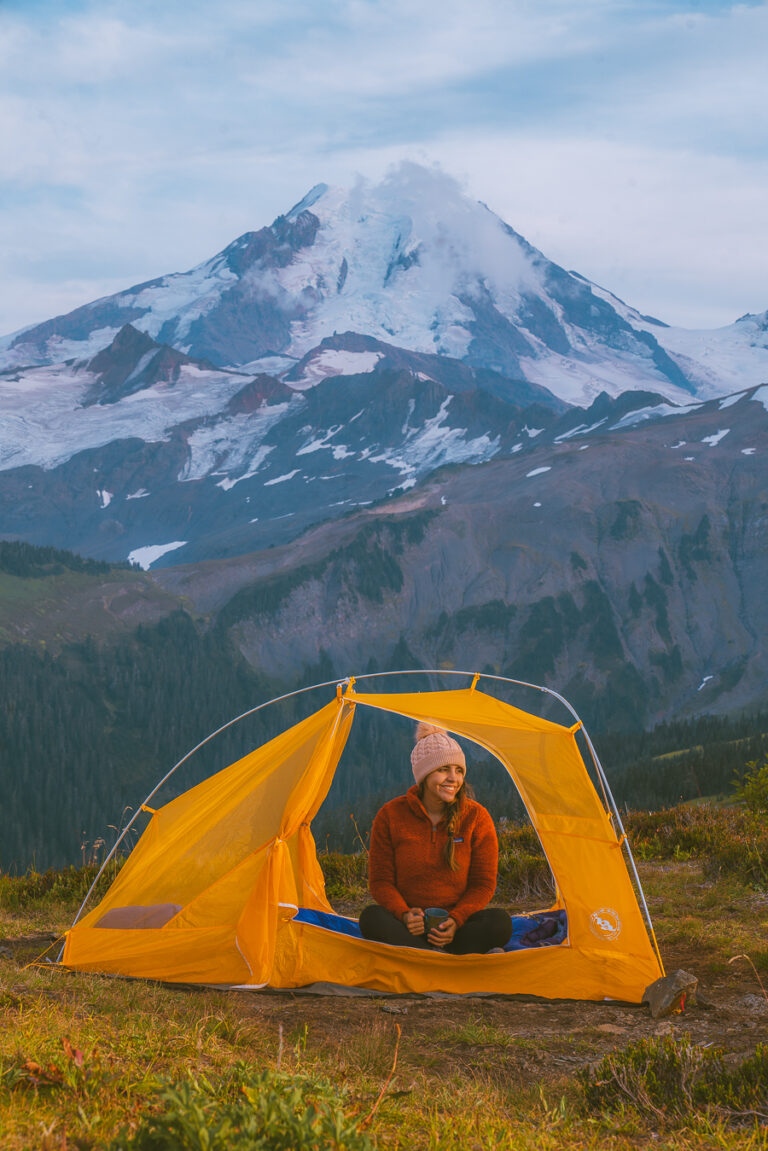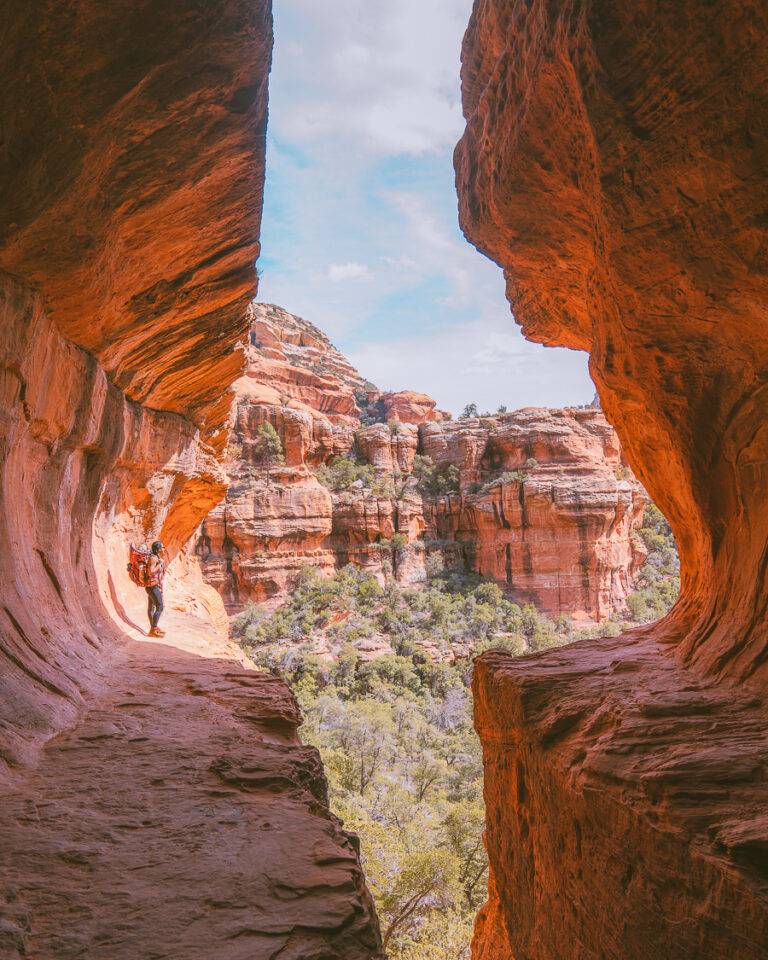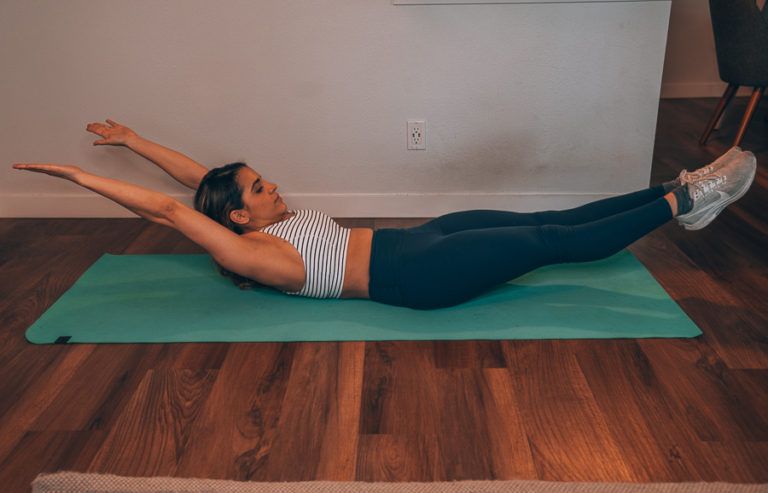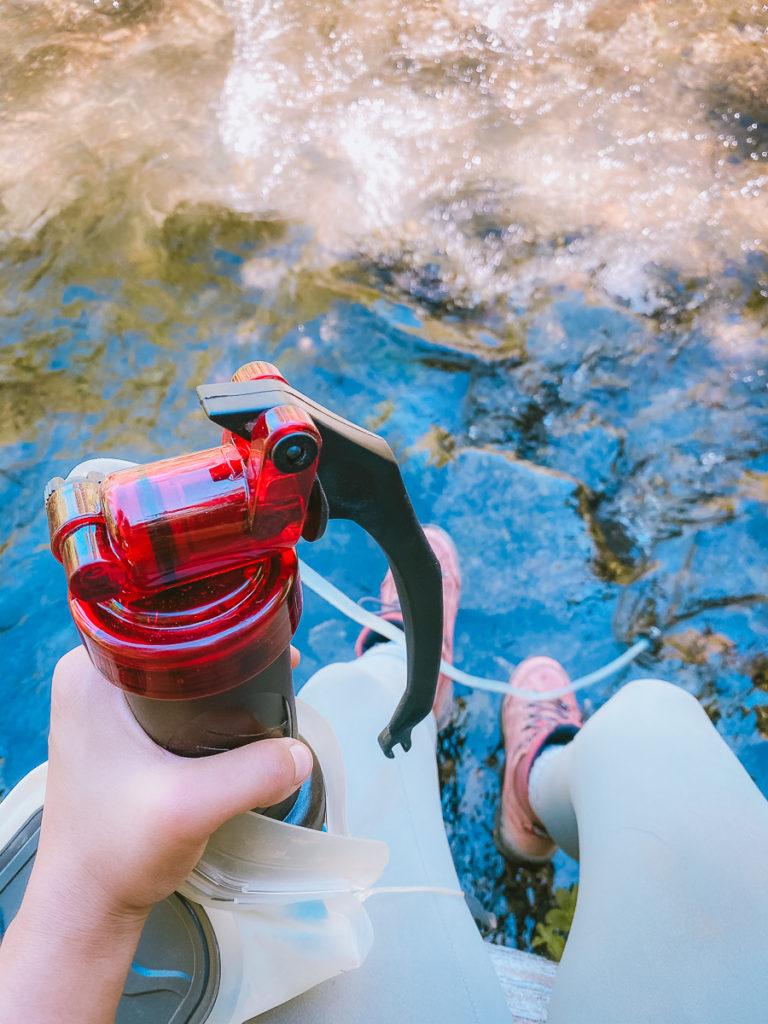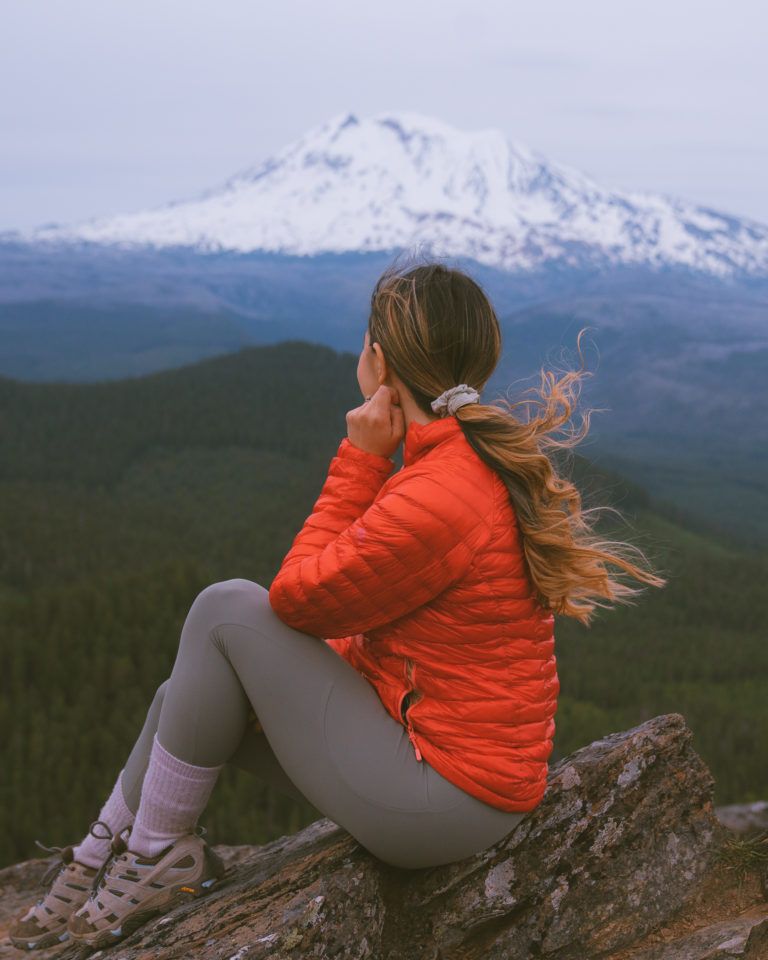Winter Hiking Gear and Clothes
Winter hiking can feel a little intimidating. The feeling of being too cold or not having the right gear can feel a bit overwhelming. But, after hiking in the winter, I realized it isn’t as terrible as it might seem. All it takes is some layering and some extra planning and research. Below I talk all about my winter hiking gear, including women’s winter hiking clothes and equipment. I do want to note that this post is for hiking in non-avalanche risk areas, so please always do your research on avalanche danger before setting out.
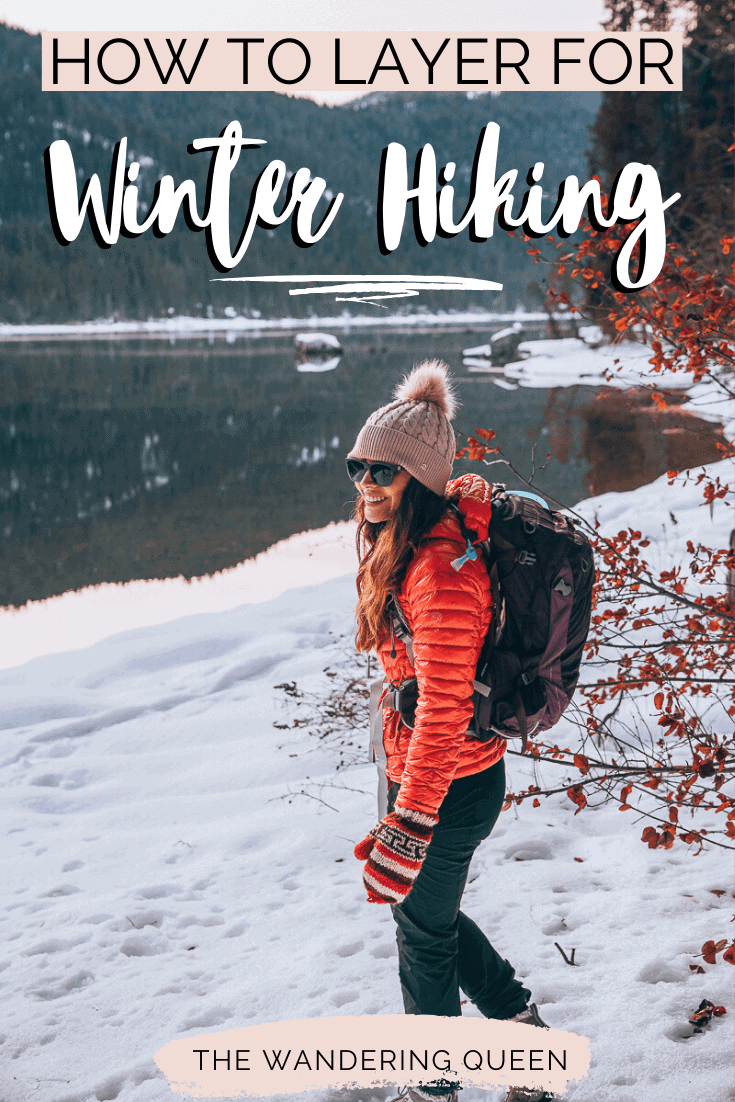
Disclosure: This post contains affiliate links. If you click one of them, I may receive a small commission (for which I am very grateful for) at no extra cost to you.
Download my free Outdoor Photography Guide
The Basics Of Layering
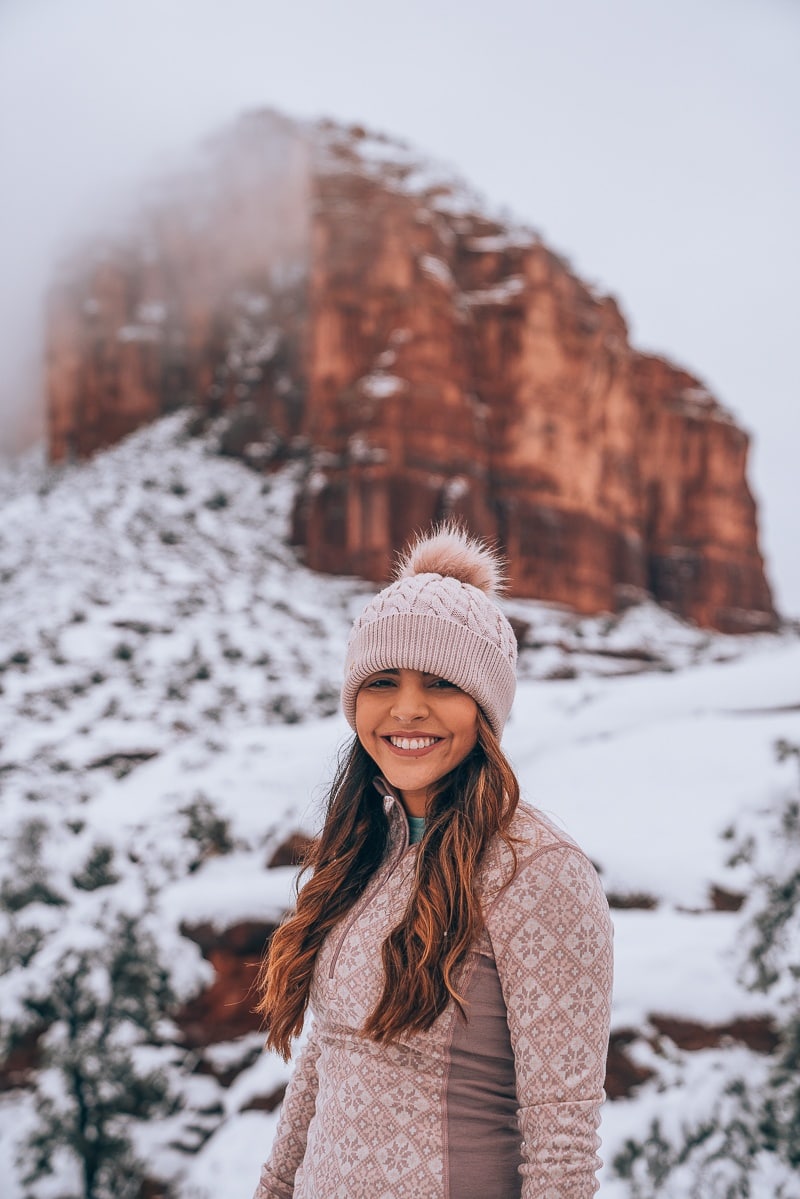
When you are hiking in the winter, the trick is to wear and bring many layers. If you are cold, you put on more layers; when you are hot, you take off layers.
The trick is to stay comfortable. You don’t want to sweat too much because in the wintertime, having damp clothes can lead to hypothermia. But at the same time, you don’t want to be too cold. Because again, this will lead to hypothermia. Usually, carrying many layers can help with this as you can take on and off until you feel just right! Below I talk about all the layers I carry with me to keep me nice and comfortable.
Winter Hiking Gear and Hiking Equipment
Base Layers
I feel like base layers are the main difference when it comes to hiking in the summer and hiking in winter. Base layers should be your first layers when hiking in the winter. They are usually made out of wool, and they are breathable. If it is feeling pretty frigid outside, I sometimes put on more then one base layer. >>>Check Out My Top Merino Wool Layer Here >>>Check Out My Bottom Base Layer Here
Sweat Wicking Shirt
With all the layering of clothing and the physical activity on the hike, there is a high chance that you might sweat. That is why it is crucial to wear a breathable sweat-wicking shirt instead of a cotton shirt. Cotton shirts are not quick-drying, so when you take a break, your body might start to get chilly which is terrible during the winter.
I always wear a sweat-wicking shirt in the summertime and wintertime. In the winter, it is even more important to wear this to prevent hypothermia. Usually, any workout long sleeve shirt might do as they are made to be breathable. >>>I also wear this shirt as well
Mid Layer
When I am hiking in the winter, I usually don’t wear a mid-layer because I get too hot. But they are great to have in case of an emergency or when I am eating lunch/chilling. Usually, fleece jackets are a perfect mid-layer. >>>I love This Sweater
Insulating Jacket
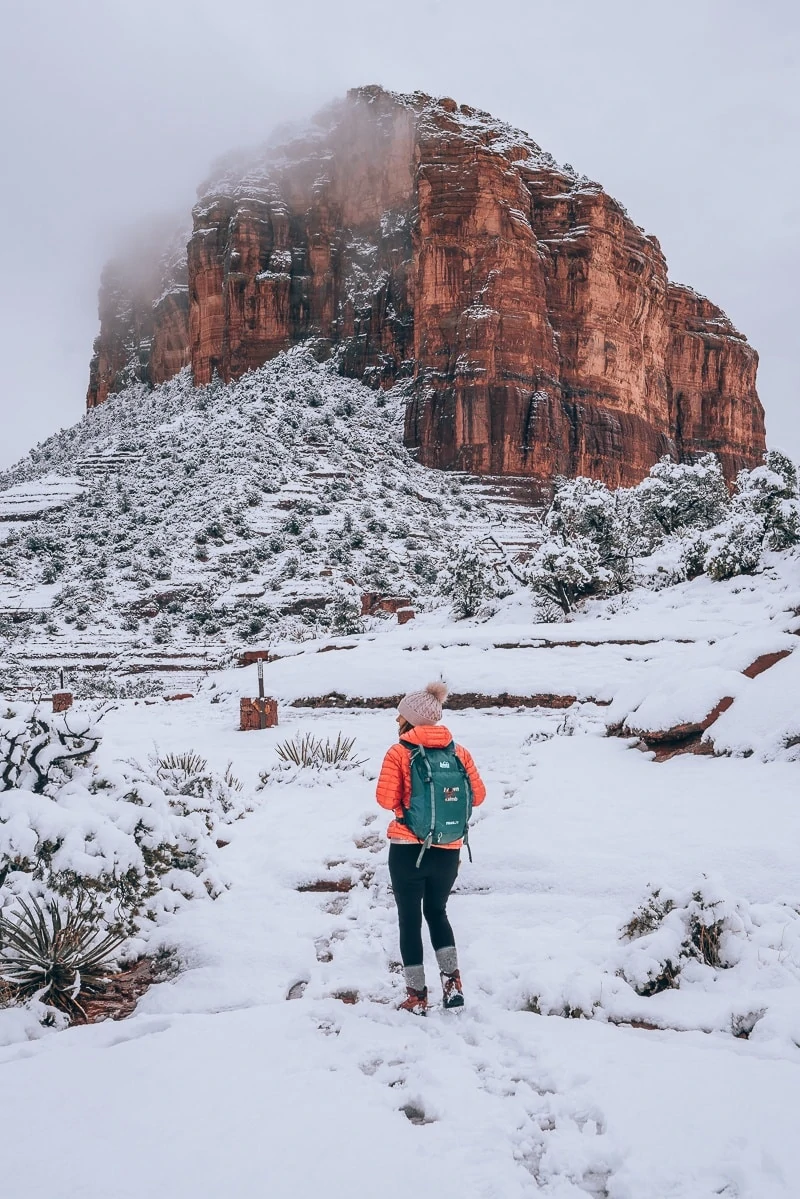
An excellent insulating jacket is essential in the wintertime. This jacket is supposed to keep you extremely warm. I love wearing a lightweight jacket when I hike in the winter, so I don’t sweat as much. >>>I Love This Winter Hiking Jacket
Outer Shell
Outer shells are something that I don’t always use on winter hikes. The reason for that is, they are not as breathable as the other layers, and it can get pretty hot and stuffy real quick. They really don’t have built-in insulation because their purpose is to shield you from high winds and rainfall.
I usually put an outer layer on during wet situations like when it is raining or snowing or when it is too windy. A good outer layer should be able to keep you nice and dry. >>>Check Out This Outer Layer
Wool Socks
Wool socks are essential to wear to prevent blisters and to keep your toes nice and warm. There are wool socks specially made for the winter. In the summer I wear thinner socks while in the winter I wear thicker socks. Trust me, it makes a huge difference when it comes to comfort. >>>Check Out My Winter Socks Here
Winter Hiking Boots
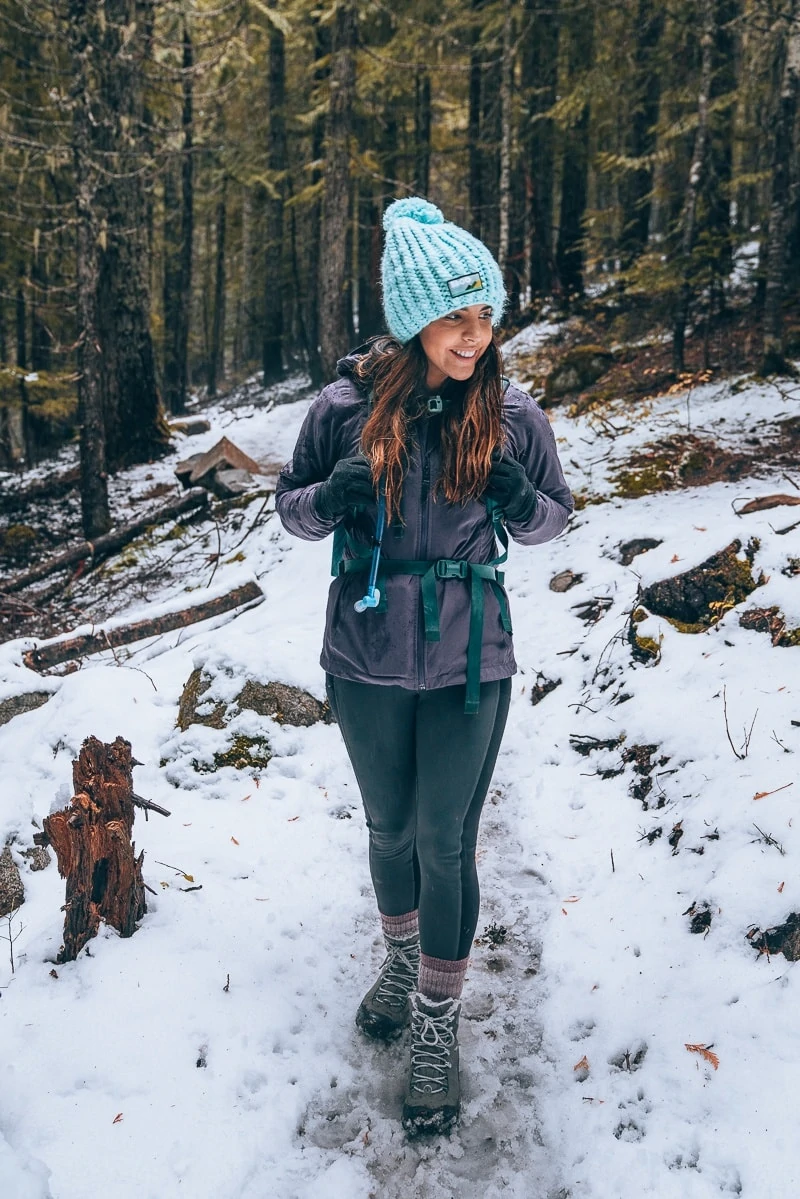
You can usually hike with regular hiking boots, but if you can, I strongly think you should invest in winter hiking boots. Winter hiking boots are specially made to use in the snow. They are usually insulated, and the rubber does not harden at low temperatures. Although slipping and sliding is not preventable, they still do a better job than regular hiking boots. >>>Check Out My Fav Winter Hiking Boots Here
I wrote a Blog Post On The Best Winter Hiking Boots For Women Here
Hiking Gloves
Gloves keep your fingers nice and warm! >>>Check Out These Gloves Here
Winter Hat
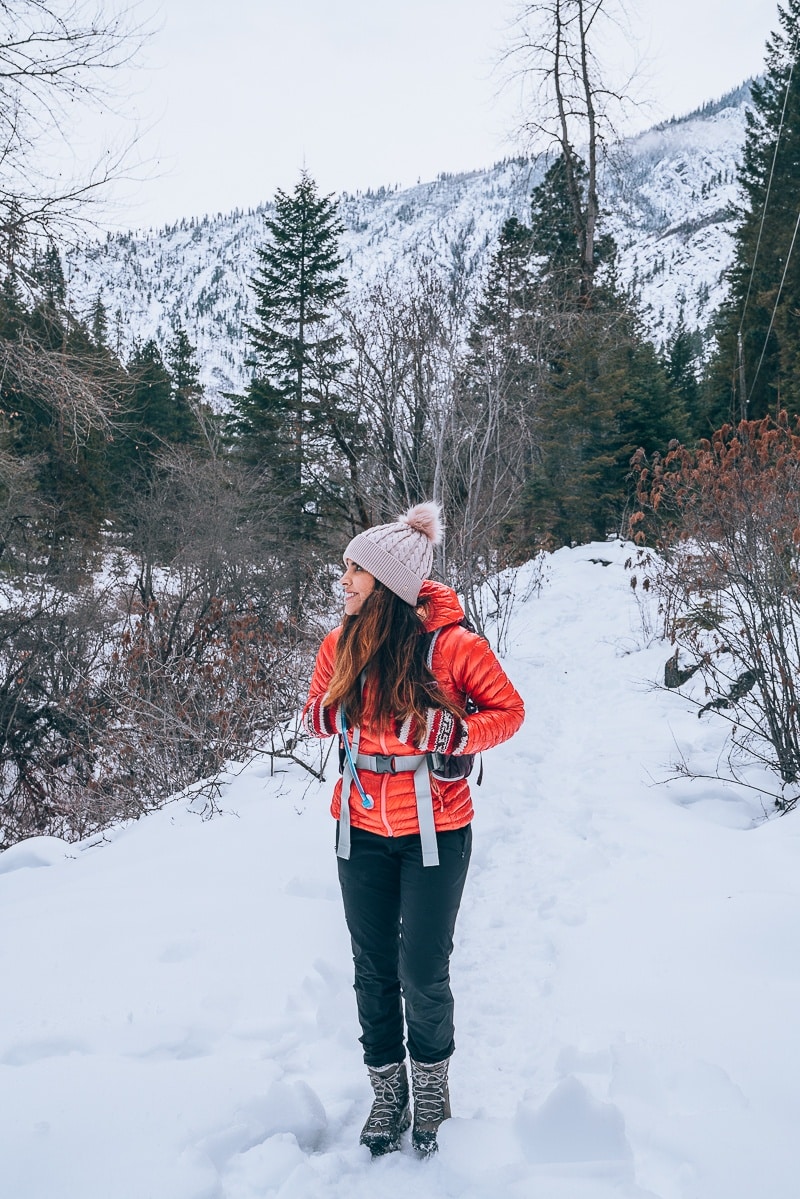
Winter hats keep your head and ears nice and warm. A hat is important because you lose a significant amount of heat through the top of your head. A cute wool hat with pom poms is usually my favorite type of hat. >>>Check This Hat Out Here
Grab Your Free Car Camping Checklist! 🚗🌲
Ready to elevate your car camping game? Snag our essential checklist to ensure you’ve got everything you need for a stress-free, fun-filled adventure! Perfect for beginners and seasoned campers alike. Download now and hit the road prepared! 🌟🎒
Buff
Buff is excellent for those extra cold and windy days. It protects your face and neck from the freezing temps. >>>Buy A Buff Here
Sunglasses
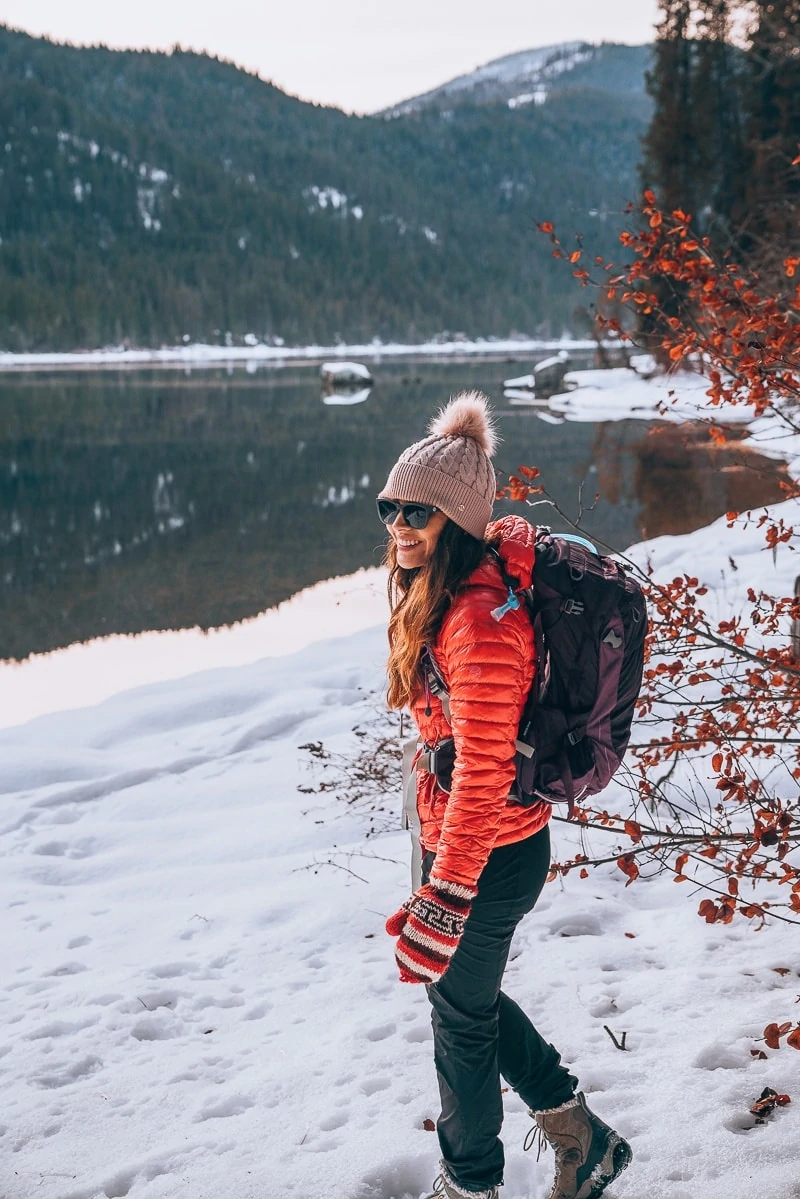
Just because it is winter doesn’t mean you don’t need sunglasses. In fact, if there is snow, the reflection from the snow can be a lot more irritating to your eyes. Always bring sunglasses just in case. >Check Out My Sun Glasses Here
Gaiters
When hiking in the snow, Gaiters are helpful to keep the snow out of your shoes. If the snow is too high, then this can easily happen. I don’t always use this in the winter, but it is good to have in your bag. Trust me, having wet, cold socks is one of the most uncomfortable feelings in the world. >>>Check Out These Gaiters
Crampons/Microspikes
Most hikers always carry microspikes in their backpack no matter what. They are lightweight and pack small, and you never know if you will need them on the trail. They are built to help you with icy, slippery conditions.
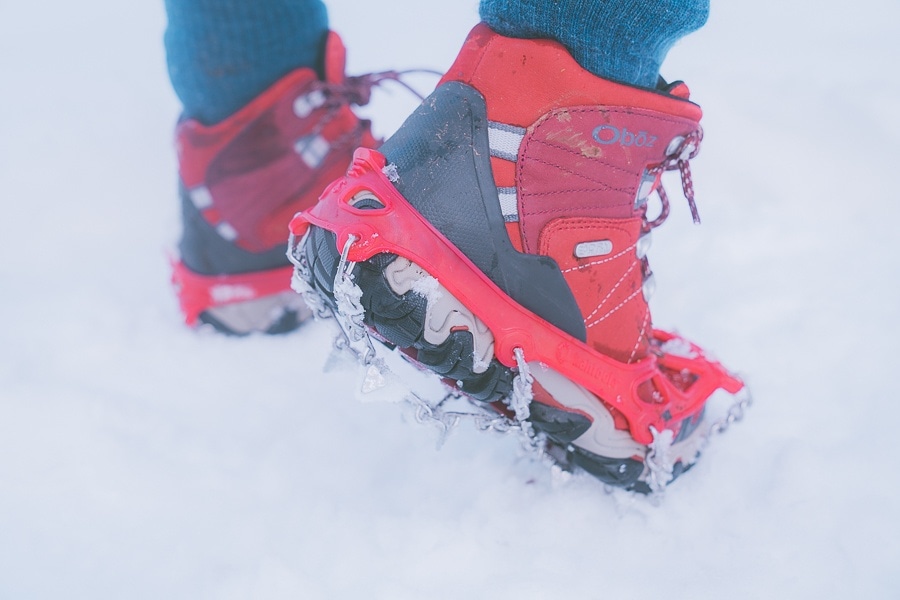
Microspikes are for flat hiking conditions while crampons are more for ice on slopes, rocks, or technical mountaineering conditions. But there are some crampons explicitly made for hiking. >>>Check These Suckers Out Here
Trekking Poles
Trekking poles can help with balance, especially when hiking in the slippery snow. Many poles come with winter baskets that can be added to regular trekking poles. >>>Check Out These Poles That Can Be Used In The Summer And Winter
I wrote a whole post on the Best Trekking Poles Here
Winter Hiking Pants
Depending on the type of weather, I either put on leggings or shell pants.
I use leggings with some fleece lining when doing dry hikes. I usually pair these with one or two base layers (depending on temps). >>>Check Out My Super Warm Pants Here
If the situation is iffy or too snowy, I like to wear more waterproof pants. I also always wear base layers below this. You can also go crazy and wear these pants on top of the warm fleece leggings. >>>Check Out These Pants Here
Backpack
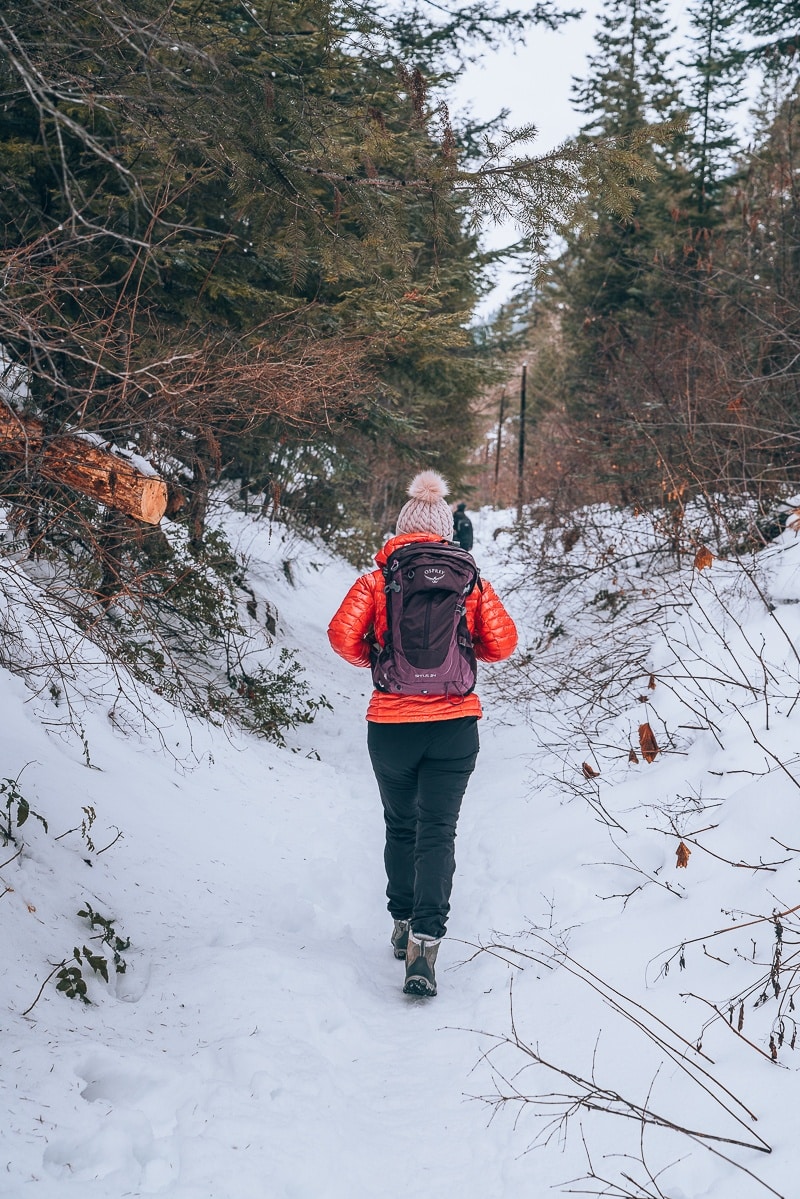
The key to winter hiking is layering. Layering is what can make or break your hike. That is why it is crucial to bring a backpack. Just in case you want to take on and off your layers. It is also crucial for carrying the ten essentials, which I list below. >>>Check Out This Backpack Here
You can also read more about The Best Daypacks Here
10 Essentials
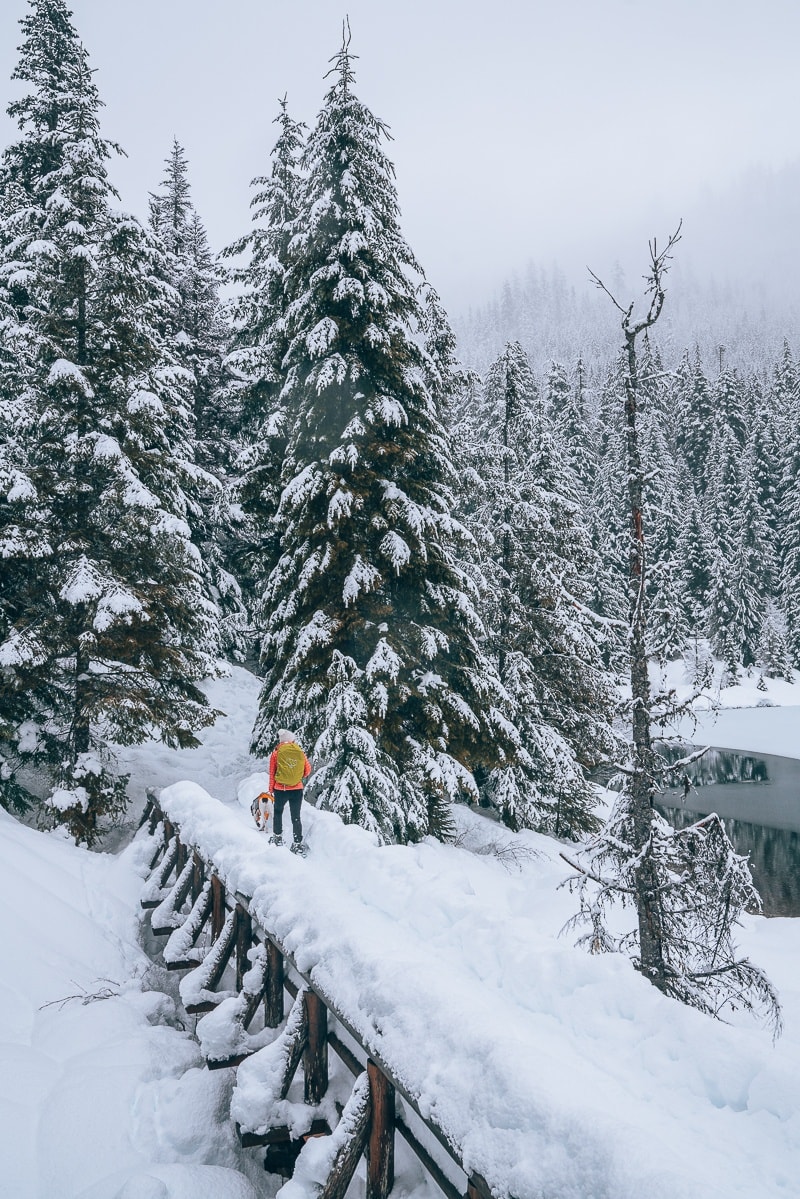
The ten essentials are things you should always carry with you on a hike, no matter what. No matter how easy or short a hike is, it is essential to always carry this gear in case of an emergency. This gear can save your life. When hiking during the winter this gear is even more crucial. I have written a whole blog post on these essentials (which you can click below to read) but here is a list of them:
- Extra Food
- Extra Water
- Extra Clothes
- Knife/Tape
- Compass/Map
- Sun Block/Sun Hat
- Fire Starter
- Headlamp
- Emergency Shelter
- First Aid Kit
Read All About The Ten Essentials Here
Avalanche Areas
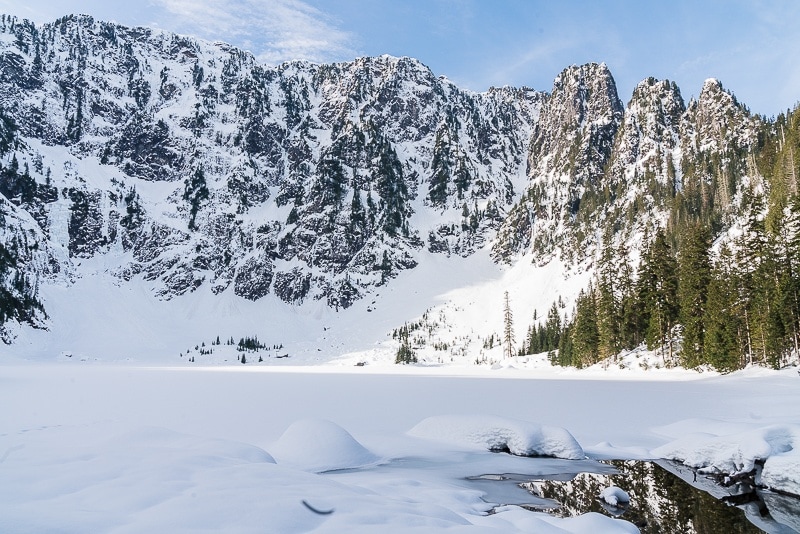
I always check avalanche conditions when I hike in the winter. Here in Washington State, there is a website where I can see the probability of where an avalanche might occur, and I avoid that area like the plague.
Usually, avalanche zones are for more advanced mountaineers who learned from a qualified instructor how to navigate in these dangerous areas. Often, these more difficult winter hikes require an ice ax, avalanche shovel, beacon, and probe.
Unless you have been trained to do an emergency rescue, I do not recommend doing hikes in these areas. Always check for avalanche conditions before attempting a hike. REI sometimes does free avalanche safety classes in your area.
Final Thoughts On Cold Weather Hiking Clothes
I am so glad you were able to read up on the best winter gear for hiking. In all honesty, it just takes practice and patience to get good at winter hiking. I highly recommend trying some easy trails the first few times you hike in the winter. If you have any more questions let me know and here are some other great hiking resources for you:
- Winter Hiking Boots For Women
- Tips On Hiking In The Rain
- How To Winter Backpack
- What To Wear Snowshoeing
- The Ultimate Guide To Hiking In Snow
Claim your FREE Hiking Checklist
Ready to start hiking? Grab my free hiking checklist and never forget anything at home!
Pin For Later: Cold Weather Hiking Gear
